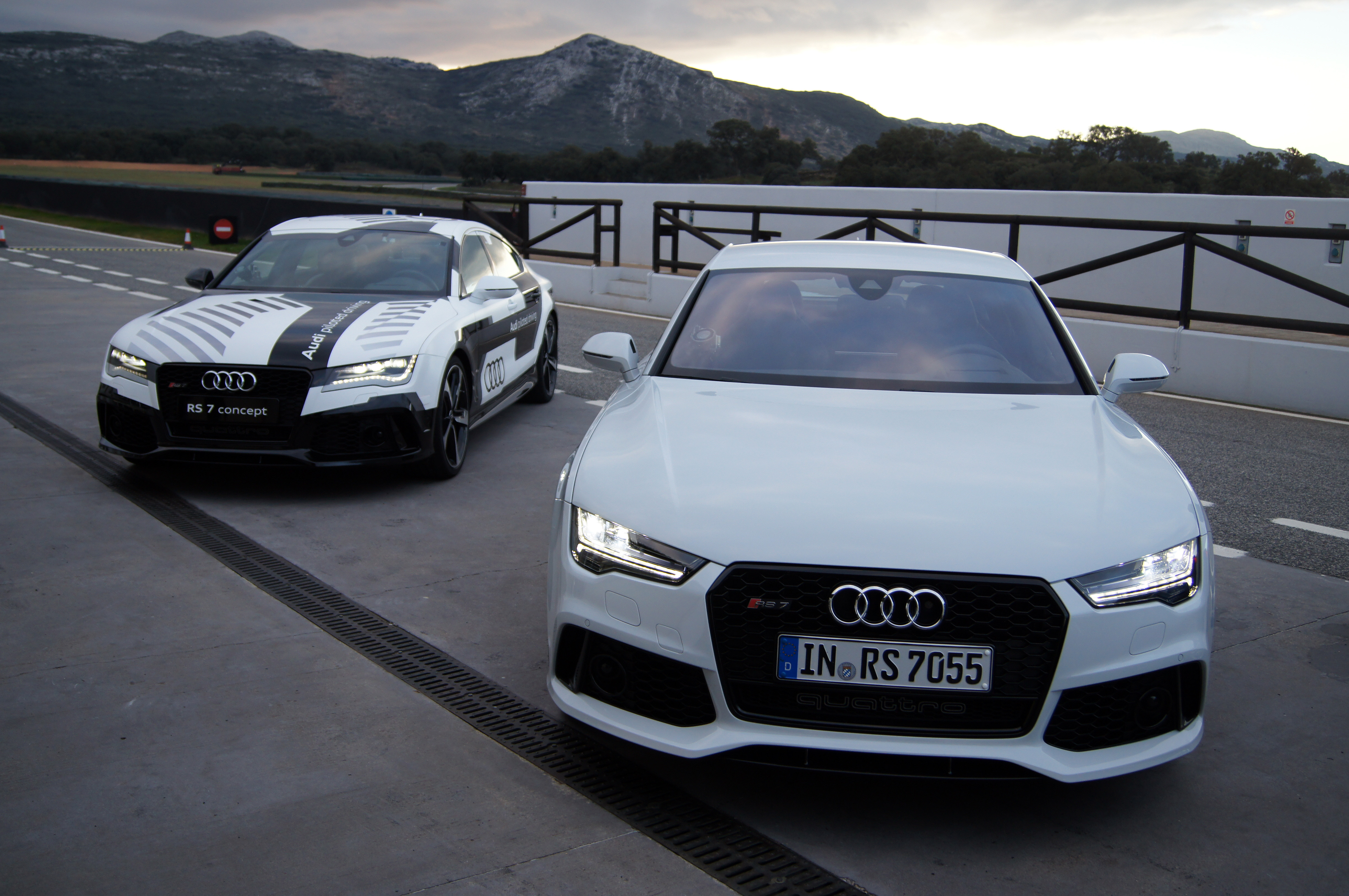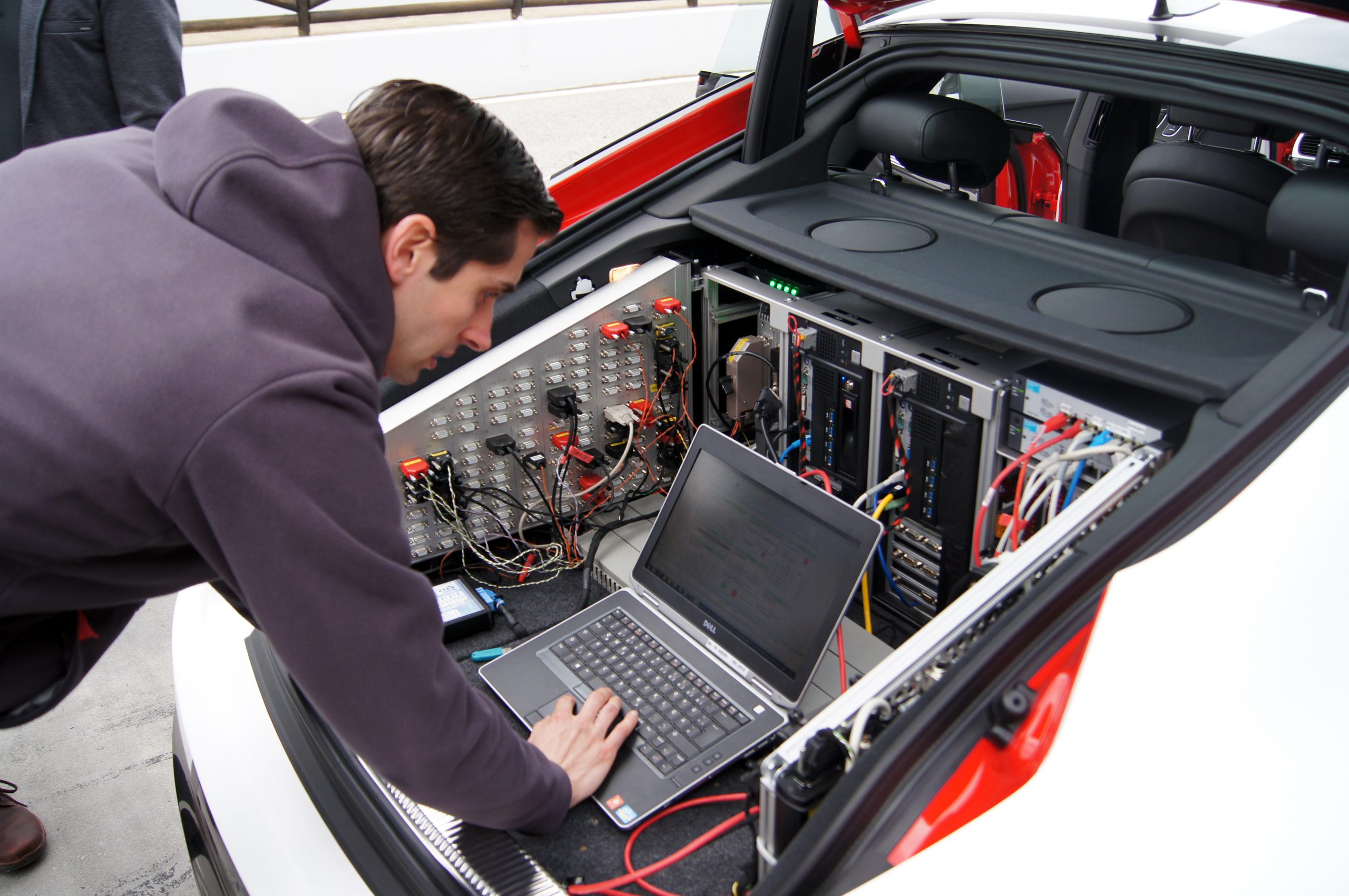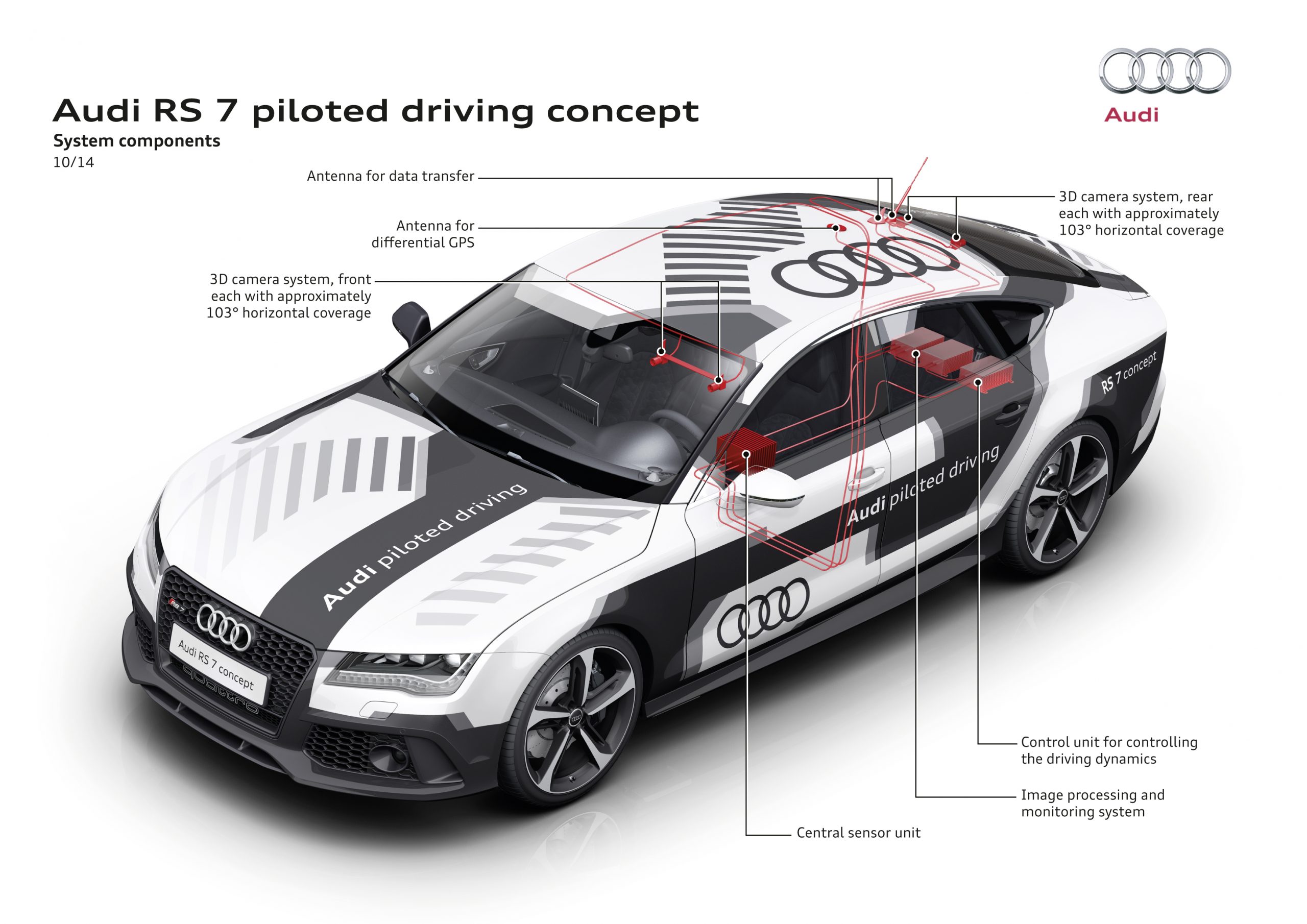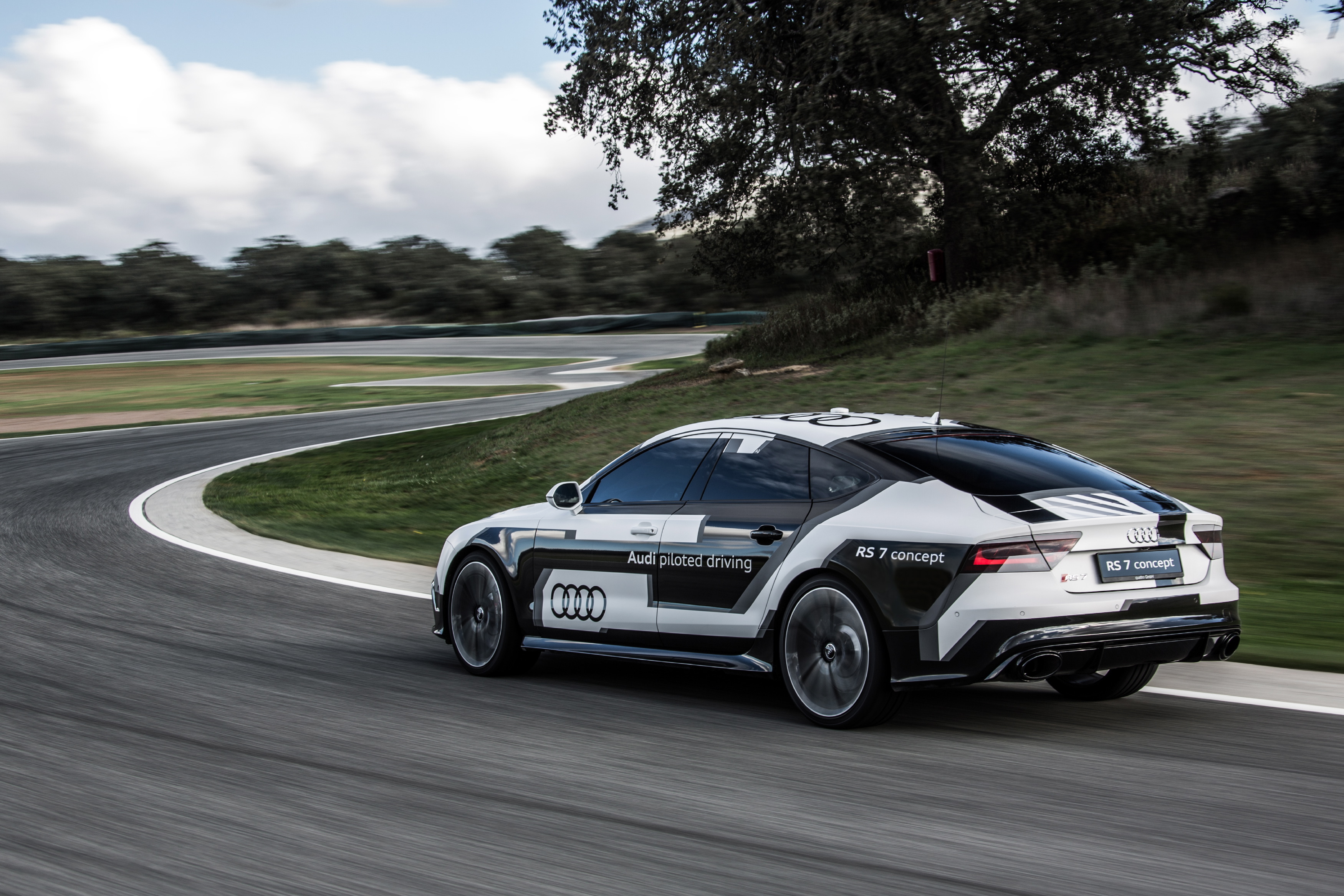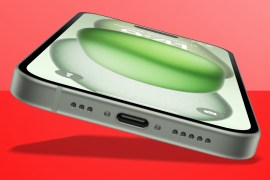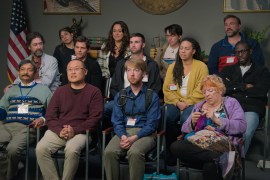I raced against a robotic Audi – and lost
Stuff goes head-to-headlamp with Audi's autonomous RS7 racer

Google’s self-driving car is exciting in lots of ways, but a 25mph top speed means it’s only a shade faster than a donkey trap.
Audi’s take on the concept, however, is a little more performance oriented.
That’s because it’s simply a driverless version of its new RS7 – a 552hp, £100,000 monster of a car – and it’s been trained to tear up racetracks.
Clearly, I had to see this roboracer in the metal, but Audi went one further and invited me to try to beat him (yes, ‘him’ – you’ll see) around the Ascari circuit near Malaga. I wasn’t about to say no.
READ MORE: Google’s self-driving car: two seats, no steering wheel and no brake pedal
How to train your Quattro
It was on a dreary Wednesday morning in Southern Spain that I was introduced to Bobby, one of two driverless RS7 concept cars created by Audi. He’s been glammed up with some go-faster graphics and has a bunch of computer components in the boot, but otherwise Bobby is identical to the standard human-operated RS7.
In fact, most of the componentry in the back is just boards with inputs that make it quicker for the engineers to get at Bobby’s driving processors, which are actually contained in a box that’s little bigger than a PS4.
The engineers need to be able to communicate with Bobby because plonked straight onto a circuit with no preparation, he wouldn’t know what to do. To get him to go around the engineers need to drive him for two laps – once on the left edge and once on the right – so he can use the myriad sensors onboard to learn the track boundaries.
Once he’s got that information a theoretical racing line is created and Bobby will take to the track like a half-decent racing driver.
Making him faster than that involves a few more coached laps, where more ambitious lines and later braking points can be taught. All of this had been done before I hopped in.
Valtteri (ro)Bottas
Bobby is not slow off the line, cautious on the brakes nor timid through the corners. Bobby goes like stink, and it’s utterly petrifying to be in his passenger seat.
Watching the wheel turn autonomously was perturbing enough, but as we raced towards Ascari’s first slow chicane I found myself saying a little silent prayer to the machine gods in desperate hope that Bobby wouldn’t do a Windows Vista and bug out right when he should be hitting the brakes.
I needn’t have worried – he leaves it far later than I’d have the cojones to, but then hammers the brake pedal.
Interestingly he hits the brakes hard enough for the car to squirm as its pretty significant weight is all shifted to the front, but Bobby’s intelligent enough to think on his wheels and adjust to slips, slides and changing track conditions. I was particularly thankful for the latter feature as the heavens opened along the second long straight.
Knowing a rain shower was probably on the way, Audi’s engineers had dialled the robo-RS7 back just a little bit before we set off on the lap, but he was still driving seriously fast. Terrifyingly fast, in fact – braking like he’d been dared to leave it as late as possible, swinging into corners with no regard for the lunch I’d just eaten and accelerating as if he’d been jabbed in the backside with a hot poker.
The lap was completely automated – the engineer sitting in the driver’s seat was holding a kill switch in case anything went wrong, but otherwise touched neither the steering wheel nor pedals – but there was nothing robotic about it. I felt like I’d been driven by a human racing driver. A fast one that was working pretty darn hard to scare the tapas out of me. And now I had to try to beat his time.
Humanity’s fight back

This was my first time behind the wheel of the Audi RS7, and through my first three laps behind a pace car I got to know it and the Ascari circuit just enough to fall in love a little bit with both.
The car makes an awesome racket full of low-end growls and mighty exhaust pops, and while its pretty big and heavy compared to a more focused track-bred sportscar it changes direction through Ascari’s cheeky, tricky chicanes with a lightness of foot that you wouldn’t expect.
After getting gradually faster through my three sighters it was time for me to put a proper lap in. Inspired by my robotic rival I tried to brake hard and late but my stupid human safety protocols wouldn’t let me take it to quite the same limit.
I crossed the line, exhausted, in 2mins 22secs – just two seconds slower than Bobby.
Of course, I’m no racing driver, but I wasn’t overly slow around Ascari. There were other humans present that day that did beat the driverless racers, but not by much, and I think that’s seriously impressive.
READ MORE: BMW i8 review
So what’s the point?

Good question. And no, Bobby isn’t the ultimate toy for the petrolhead lottery winner without real friends to race against. He’s actually a showcase of technology that Audi is planning on injecting into its ‘normal’ cars in the near future.
Perhaps surprisingly, Audi has no intention to do a Google and create completely autonomous vehicles. Instead, the company’s talking up the importance of driving pleasure, which would be hard to find in a car that you don’t, you know, drive.
The plan is to use self-driving tech to take on the more mundane bits of driving – starting with traffic jams and parking. The company sees a point in the very near future when if you find yourself all snarled up on the M1 you can switch on your car’s robo-brain and have it handle the shuffle forward while you deal with emails or browse the internet.
The parking thing is even fancier: imagine pulling up at the entrance to a multi-storey and hopping out so that your car can tackle the dreary loop to the top to find a space. It could even then meet you at the exit once you’ve done your shopping. Audi says these magical car parks are already in the development stage, albeit in the Middle East for now.
How long it takes for this brand of automotive ingenuity to hit Britain’s potholed roads depends on boring things such as regulations being agreed, but Audi is right now taking advantage of the slightly more relaxed rules in the US to prove the technology and convince our more cautious government that automated motoring is reliable and safe.
And Audi’s not going it alone – the likes of Volvo, Ford and many others are pushing the same envelope. With a bit of cooperation we could see the likes of automated traffic jam driving in the next couple of years. Bobby certainly proves the actual technology is already well on the way.
And we now know (if it wasn’t already abundantly clear) that humanity’s going to need a better champion than me when the machines rise.
READ MORE: BMW’s new car parks itself when you speak into a smartwatch
Ghost in the machine?
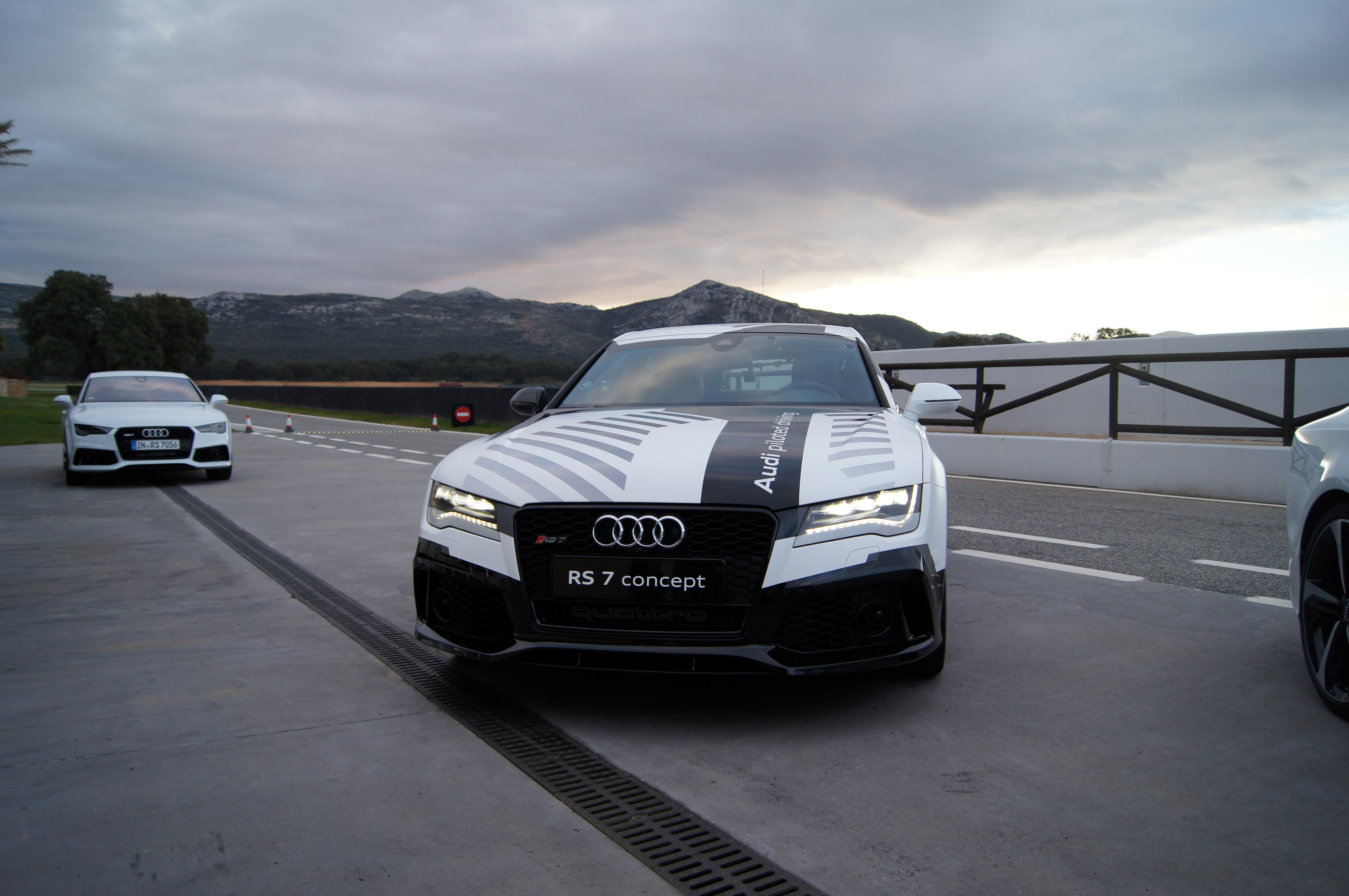
Speaking of the machines rising, one rather spooky little tidbit did come out in a conversation with Thomas Muller, Audi’s Head of Development Braking, Steering and Driver Assistance Systems.
He told me that Bobby and his brother Ajay – despite being identical cars with identical hardware, software and mapping – have different personalities. They drive the same tracks slightly differently, one more aggressive than the other. And Muller says he can’t explain it.
If that’s not a sign pointing towards Judgement Day I don’t know what is.
